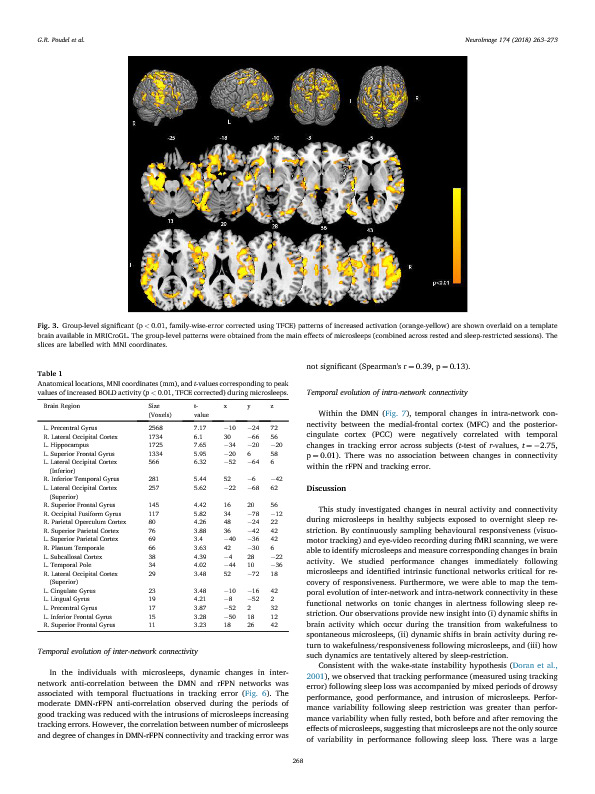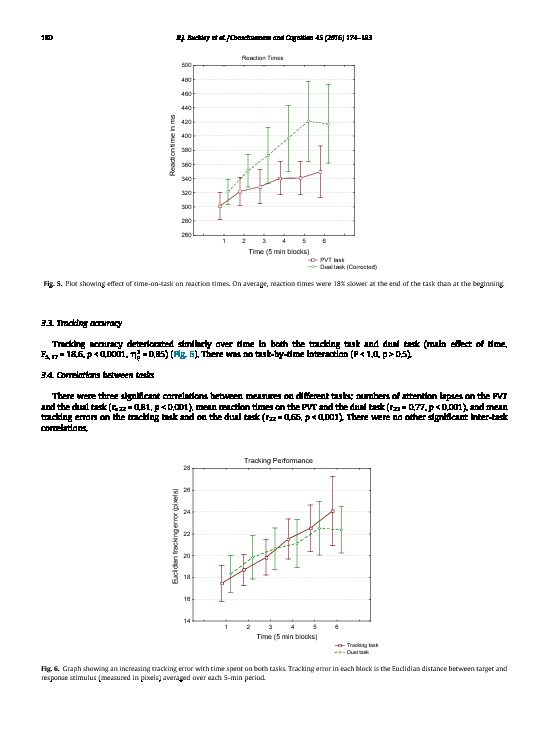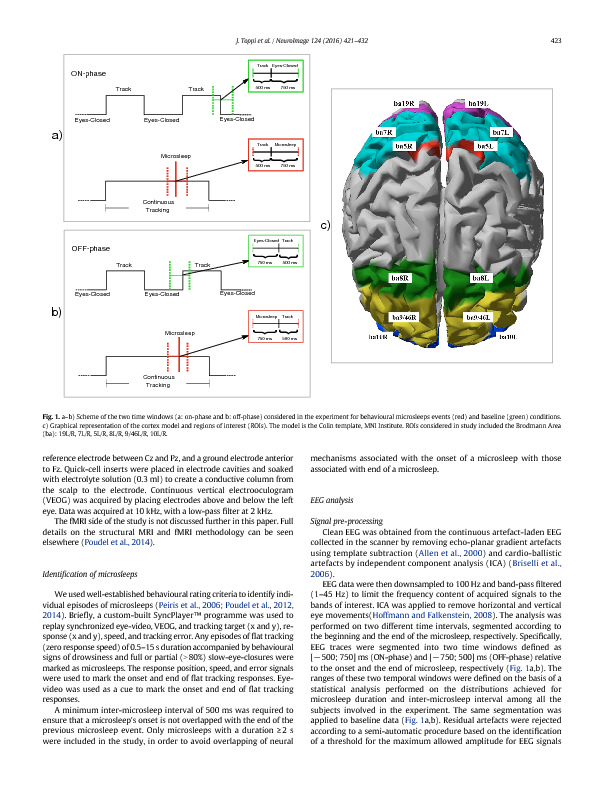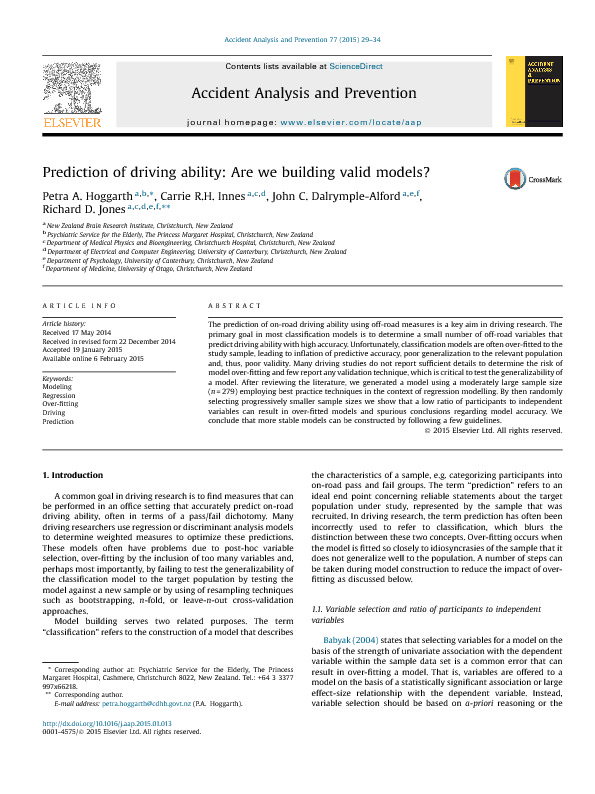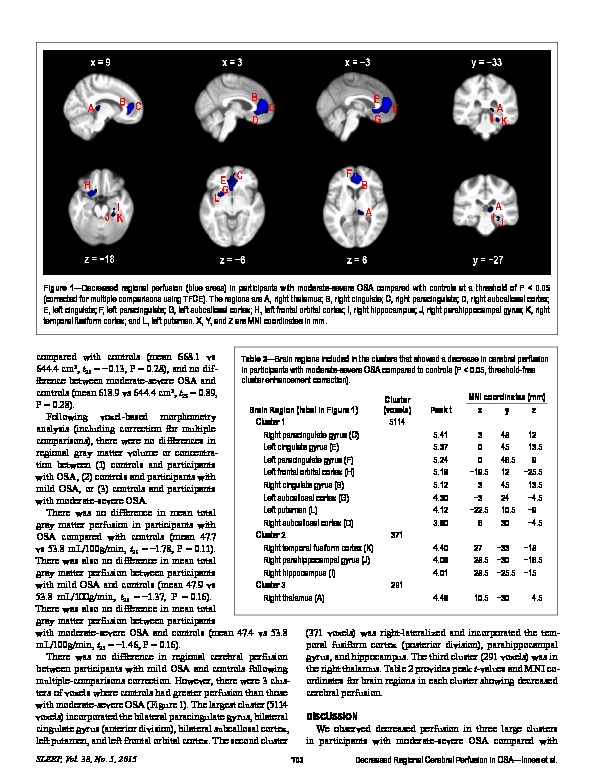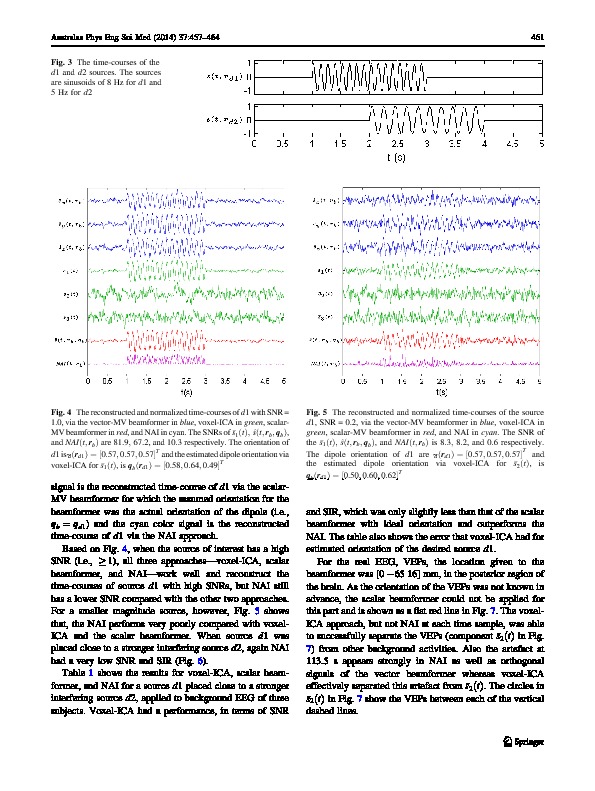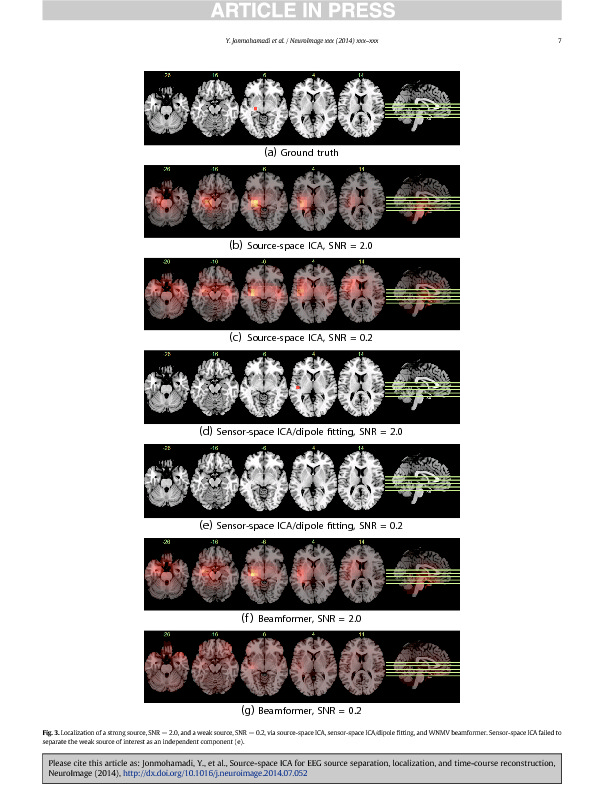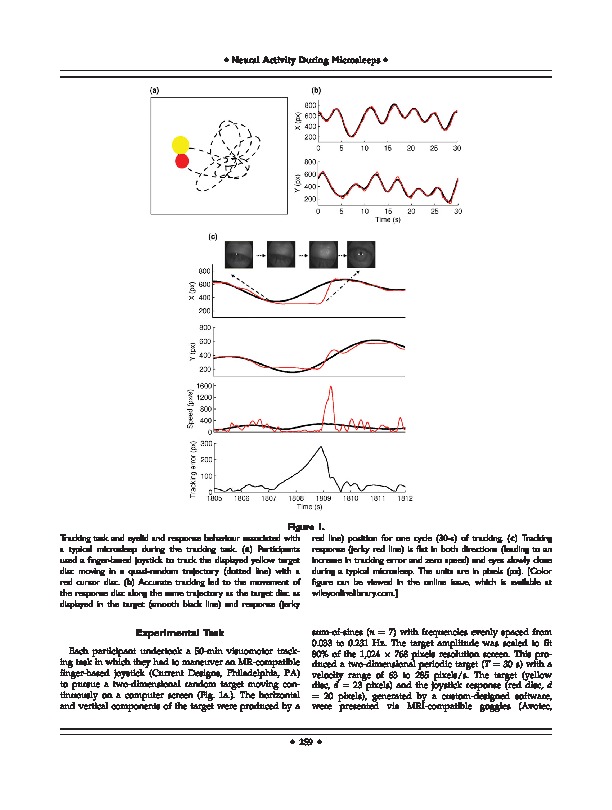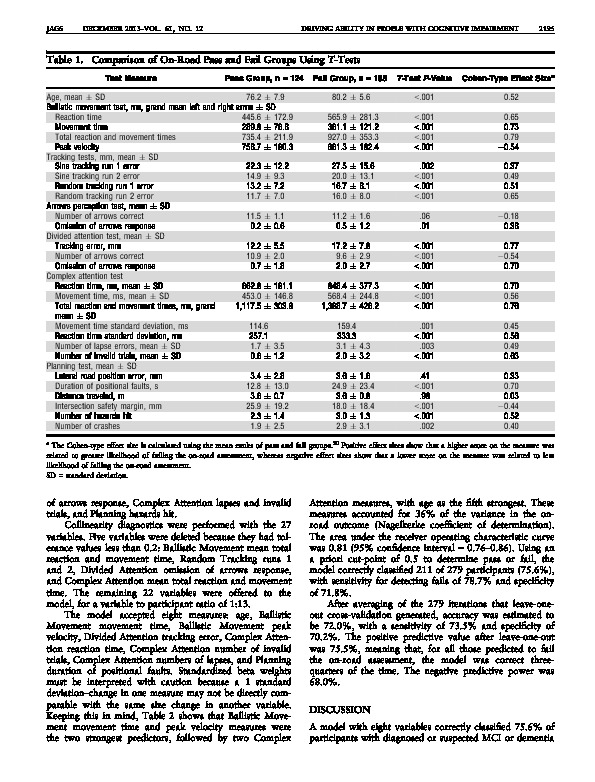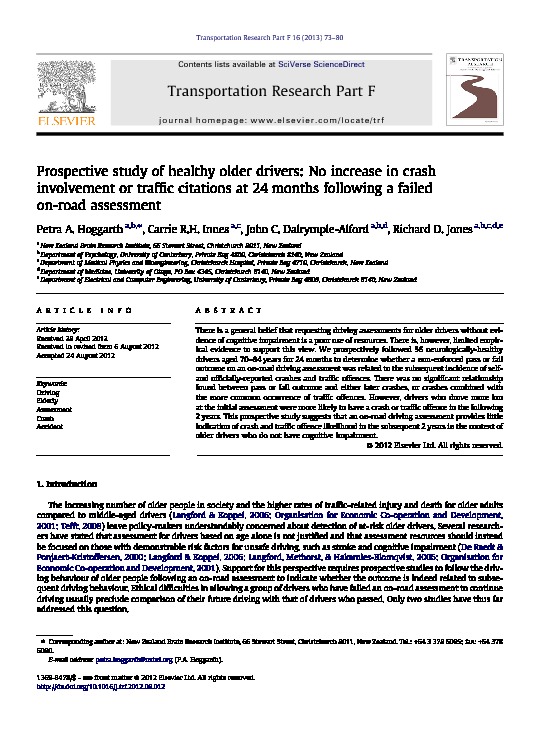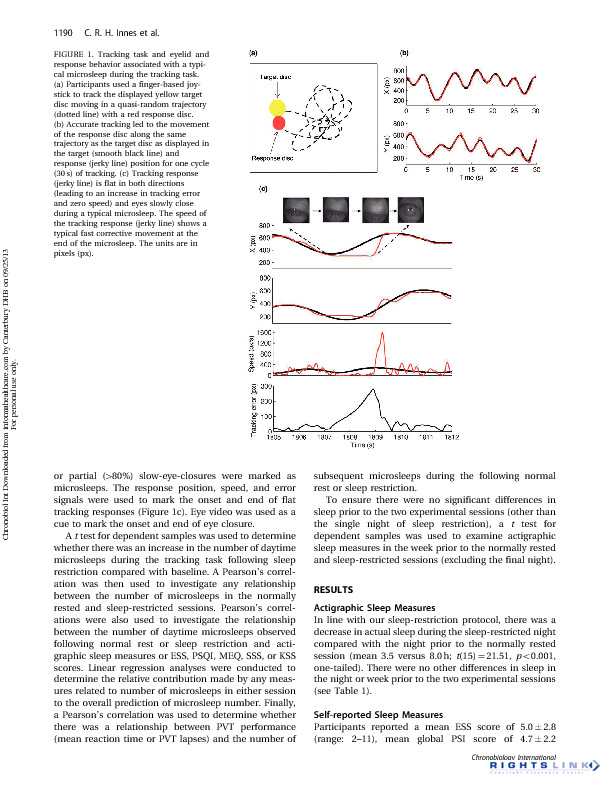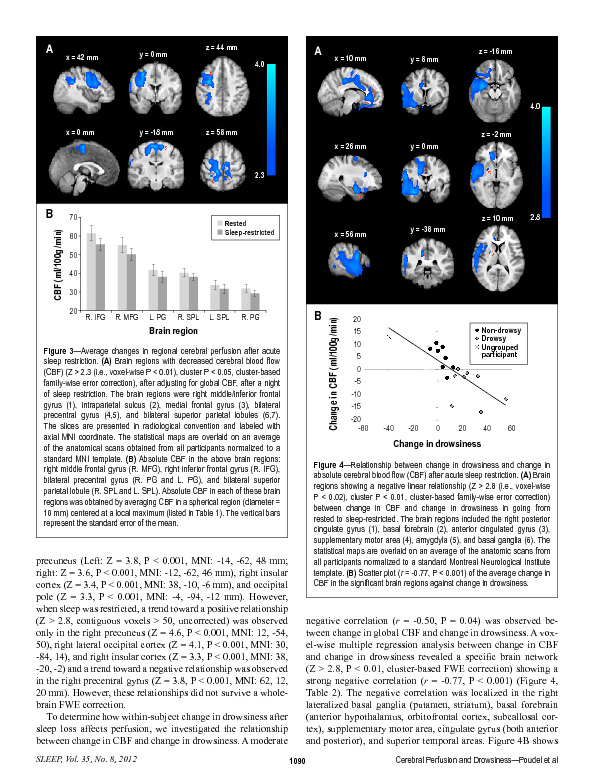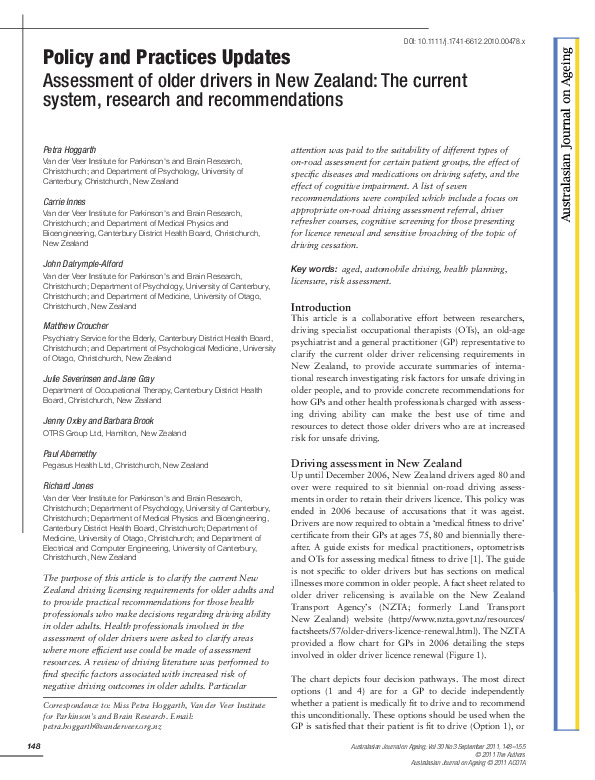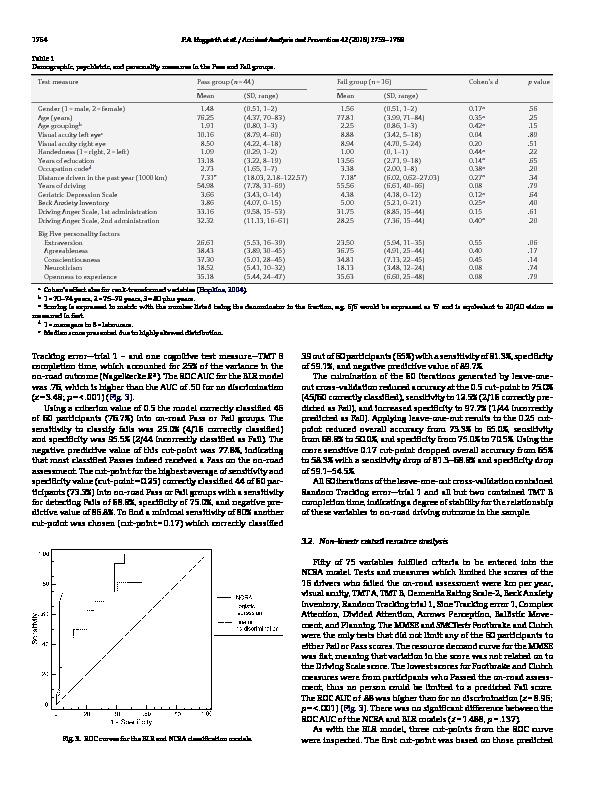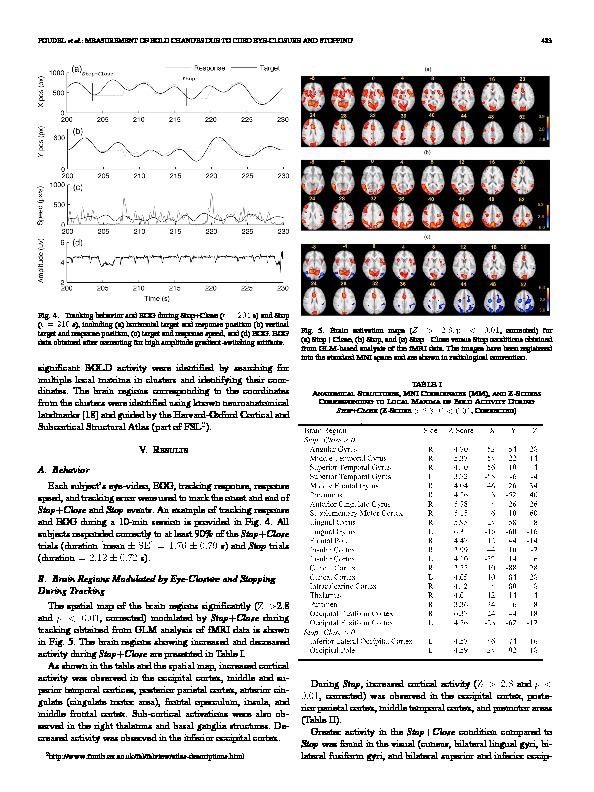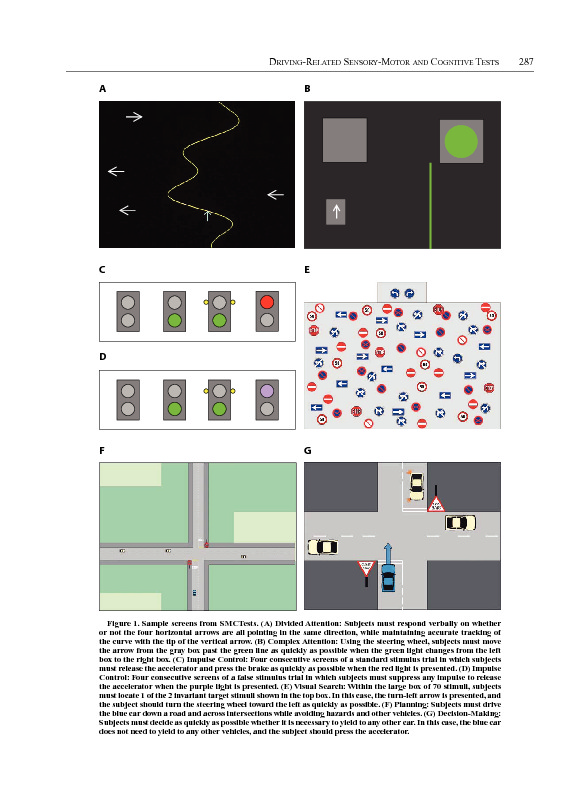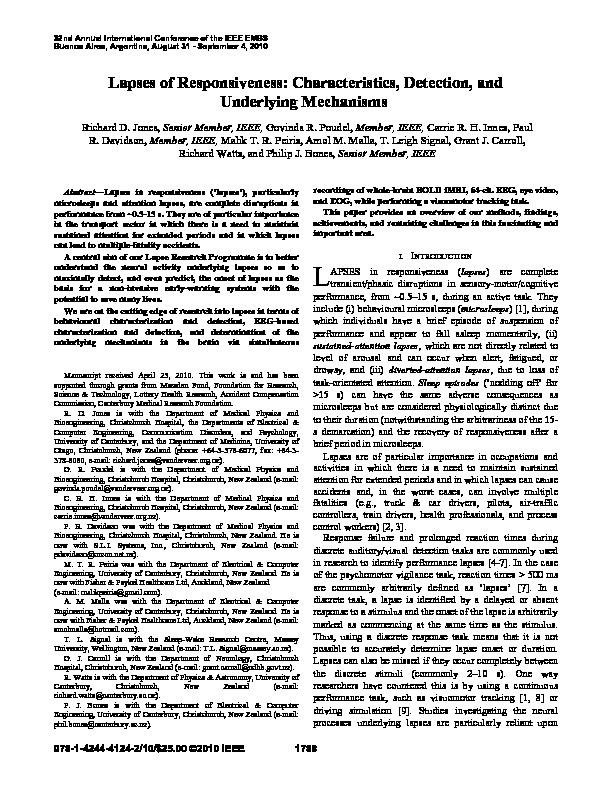Dr Carrie Innes
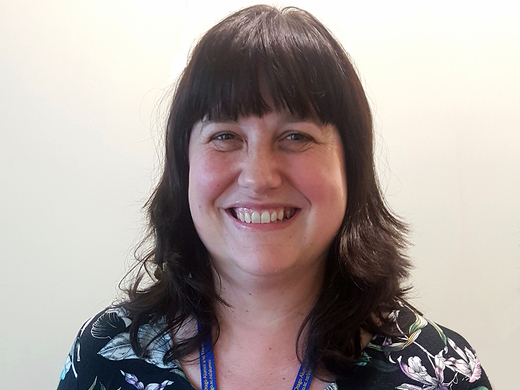
BSc, MSc(Dist.), PhD
Neuroscientist
New Zealand Brain Research Institute, Christchurch
Neuroscientist
Department of Medical Physics and Bioengineering, Canterbury District Health Board, Christchurch
Adjunct Fellow
Department of Electrical and Computer Engineering, University of Canterbury, Christchurch
Email: carrie.innes@nzbri.org
Phone: (+64 3) 378 6096
Publications
Provided on request for non-commercial personal use by researchers.
2024
(2024). Cerebral perfusion is not impaired in persons with moderate obstructive sleep apnoea when awake. Sleep and Breathing, Online, 1-8. 10.1007/s11325-024-03048-7
(2024). Conscious but not thinking—Mind‐blanks during visuomotor tracking: An fMRI study of endogenous attention lapses. Human Brain Mapping, 45(11), e26781. 10.1002/hbm.26781
2023
(2023). Increased cerebral activity during microsleeps reflects an unconscious drive to re-establish consciousness. International Journal of Psychophysiology, 189, 57-65. 10.1016/j.ijpsycho.2023.05.349
2021
(2021). RoWDI: Rolling window detection of sleep intrusions in the awake brain using fMRI. Journal of Neural Engineering, 18 (056063), 1-8. 10.1088/1741-2552/ac2bb9
2018
(2018). Temporal evolution of neural activity and connectivity during microsleeps when rested and following sleep restriction. NeuroImage, 174, 2018, 03, 031. 10.1016/j.neuroimage.2018.03.031
2016
(2016). Attention lapses and microsleeps during tracking, psychomotor vigilance, and dual tasks. Consciousness and Cognition, 45, 174-183. 10.1016/j.concog.2016.09.002
(2016). Microsleeps are associated with stage-2 sleep spindles from hippocampal-temporal network. International Journal of Neural Systems, 26(4), 1650015. 10.1142/S0129065716500155
(2016). Time-varying functional connectivity of the cortical neuroelectric activity associated with behavioural microsleeps. NeuroImage, 124, 421–432. 10.1016/j.neuroimage.2015.08.059
2015
(2015). Prediction of driving ability: Are we building valid models? Accident Analysis and Prevention, 77C, 29-34. 0.1016/j.aap.2015.01.013
(2015). Decreased regional cerebral perfusion in moderate-severe obstructive sleep apnoea during wakefulness. Sleep, 38, 699-706. 10.5665/sleep.4658
2014
(2014). Voxel-ICA for reconstruction of source signal time-series and orientation in EEG and MEG. Australasian Physical & Engineering Sciences in Medicine, 37, 457-64. 10.1007/s13246-014-0265-x
(2014). Source-Space ICA for EEG Source Separation, Localization, and Time-Course Reconstruction. NeuroImage, 101, 720-737. 10.1016/j.neuroimage.2014.07.052
(2014). Comparison of beamformers for EEG source signal reconstruction. Biomedical Signal Processing and Control, 14, 175-188. 10.1016/j.bspc.2014.07.014
(2014). Losing the struggle to stay awake: Divergent thalamic and cortical activity during microsleeps. Human Brain Mapping, 35, 257-269. 10.1002/hbm.22178
2013
(2013). Predicting on-road assessment pass and fail outcome in older drivers with cognitive impairment using a battery of computerized sensory-motor and cognitive tests. Journal of the American Geriatrics Society, 61, 2192-2198.
(2013). Prospective study of healthy older drivers: No increase in crash involvement or traffic citations at 24 months following a failed on-road assessment. Transportation Research Part F: Traffic Psychology and Behaviour, 16, 73-80. 10.1016/j.trf.2012.08.012
(2013). Efficient and regular patterns of sleep are related to increased vulnerability to microsleeps following a single night of sleep restriction. Chronobiology International, 30, 1187 “119. 10.3109/07420528.2013.810222
(2013). Distinct neural correlates of time-on-task and transient errors during a visuomotor tracking task after sleep restriction. NeuroImage, 77, 105-113.
2012
(2012). Cerebral perfusion differences between drowsy and non-drowsy individuals following acute sleep restriction. Sleep, 35, 1085-1096. 10.5665/sleep.1994
2011
(2011). Assessment of older drivers in New Zealand: the current system, research, and recommendations. Australasian Journal of Ageing, 30, 148-155. 10.1111/j.1741-6612.2010.00478.x
(2011). Do complex models increase prediction of complex behaviours? Predicting driving ability in people with brain disorders. Quarterly Journal of Experimental Psychology, 64, 1714-1725.
2010
(2010). Comparison of a linear and non-linear model for using sensory-motor, cognitive, personality and demographic data to predict driving ability in healthy older adults. Accident Analysis and Prevention, 42, 1759 - 1768. 10.1016/j.aap.2010.04.017
(2010). Measurement of BOLD changes due to cued eye-closure and stopping during a continuous visuomotor task via model-based and model-free approaches. IEEE Transactions on Neural Systems and Rehabilitation Engineering, 18(5), 479-488. 10.1109/TNSRE.2010.2050782
2009
(2009). Performance in normal subjects on a novel battery of driving-related sensory-motor and cognitive tests. Behavior Research Methods, 42(1), 284-294. 10.3758/BRM.41.2.284
2007
(2007). Sensory-motor and cognitive tests predict driving ability of persons with brain disorders. Journal of the Neurological Sciences, 260(1-2), 188-98. 10.1016/j.jns.2007.04.052
Abstracts and Short papers
2010
(2010). Lapses of responsiveness: Characteristics, detection, and underlying mechanisms. Proceedings of Annual International Conference of IEEE Engineering in Medicine and Biology Society, 32, 1788-1791. 10.1109/IEMBS.2010.5626385.


_2024.pdf.jpeg)


